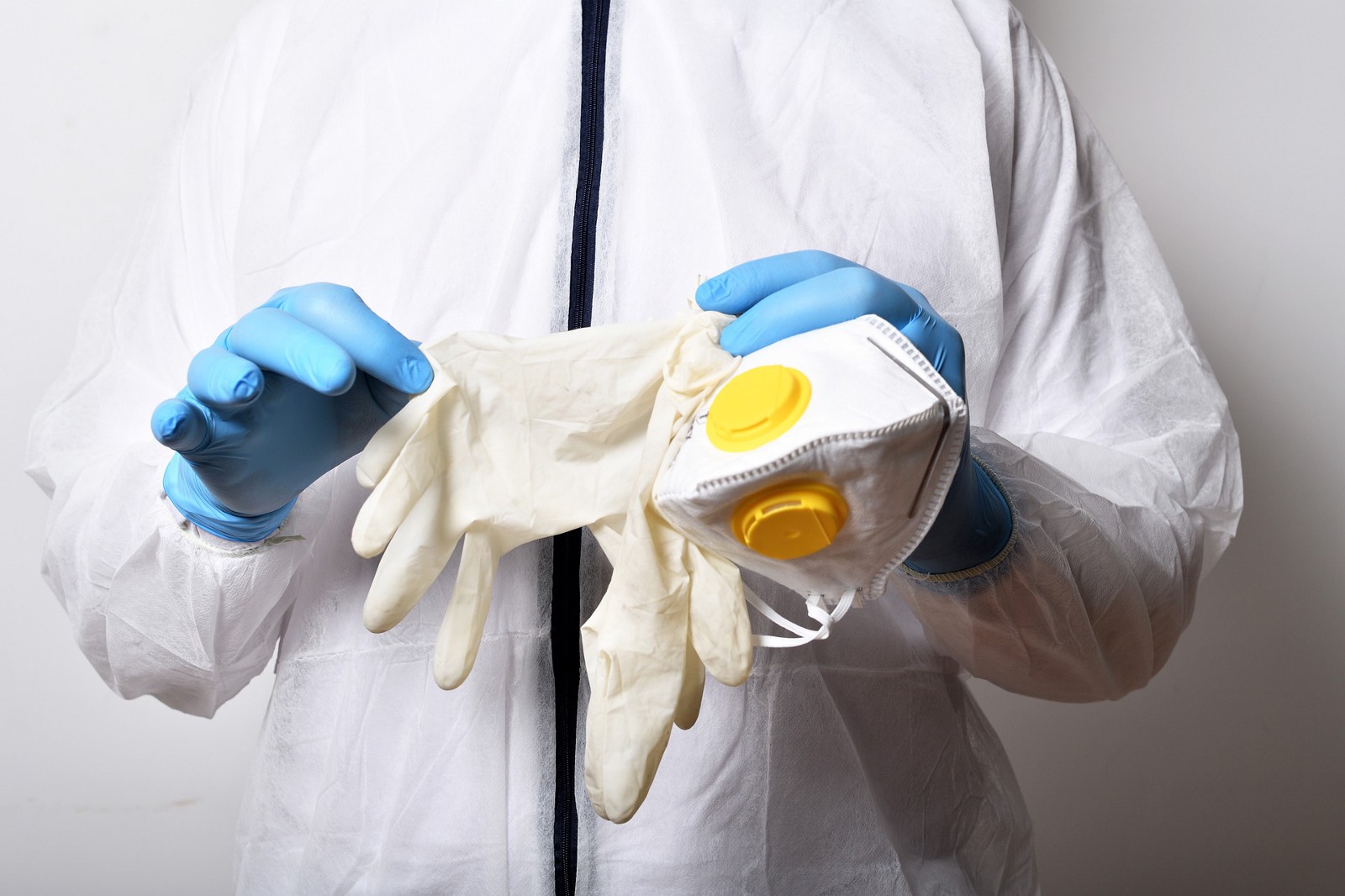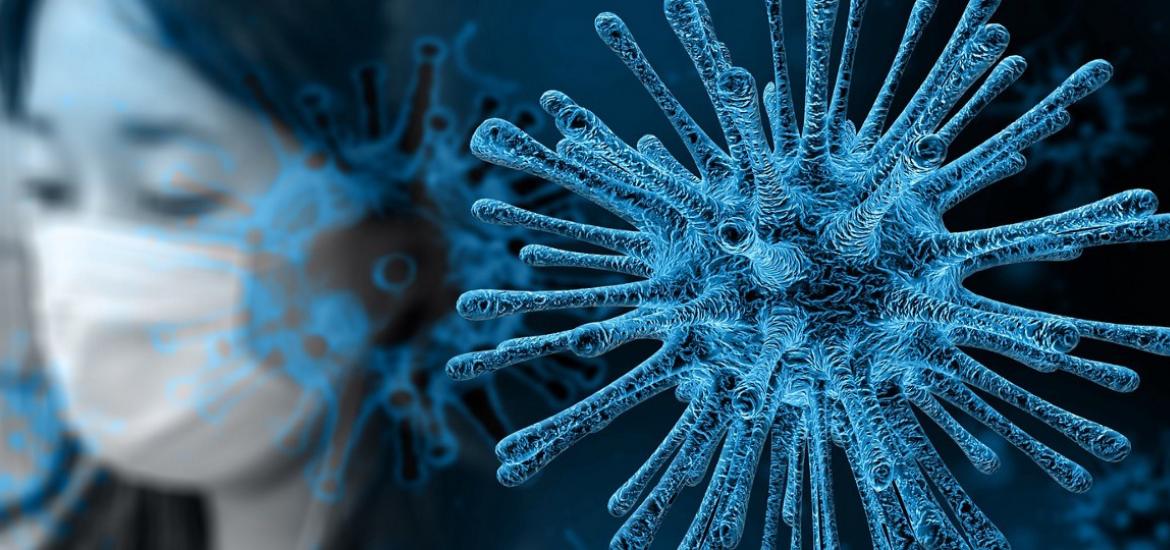Coronavirus Epidemic COVID-19: The key role of Veterinary Authorities and how new technologies are enabling their work
More than 1'000 deaths and 40'000 people infected - that is the most recent account of the novel coronavirus outbreak at the time that this article is written. Since today, the virus has spread to 25 different countries. It has raised serious public health concerns that alarmed the scientific community and are testing the preparedness of the health-care systems.
The World Health Organisation (WHO) has declared the COVID-19, as it has officially been named recently, a global health emergency. The city of Wuhan was put in quarantine, the Chinese government placed various traveling regulations, and an intersectoral collaboration has been established aiming to restrict the spread and effect of the novel viral pandemic. In this broad range collaboration challenge, veterinary professionals need to play a central role not only in organizing and implementing control programs but also in the prevention efforts. The integration of digital tools will greatly benefit our work.
The Wuhan Coronavirus (COVID-19)

It was first reported in the city of Wuhan in China at the end of 2019. It belongs to the family of coronaviruses, which cause illness ranging from the common cold to more severe diseases such as Middle East Respiratory Syndrome (MERS-CoV) and Severe Acute Respiratory Syndrome (SARS-CoV). The novel strain can be transmitted between humans, but initially, it has jumped from the animals.
The exact animal reservoir responsible for the spillover has not been identified yet. It seems that it came initially from the bats, but it is not known how it passed to humans. It also appears that the starting point was a Chinese wet market, the Huanan seafood wholesale market, as most of the initial victims were connected to this animal market.
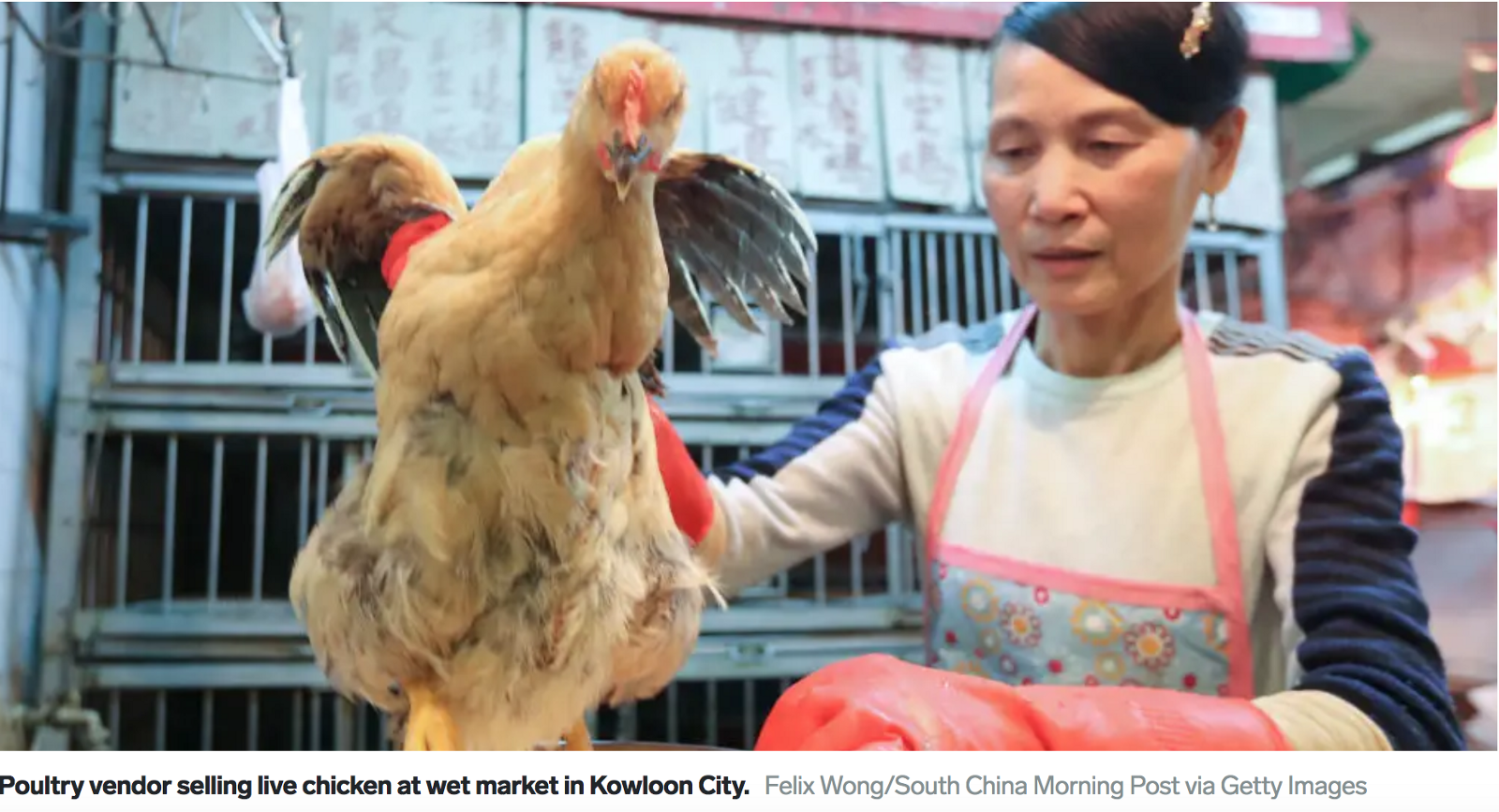 Such markets are widespread and popular across China, where dead and live animals are sold in the open. They are called wet markets because the vendors often slaughter the animals in front of the clients. One can find a wide variety of animal meat and exotic species. The problem with these markets is that the crowded and unsanitary conditions where the animals are held provide a unique opportunity for viruses to jump from one species to another. The safety regulations are inadequate, and illegal wildlife trafficking is not uncommon. This unique environment, which puts humans in close contact with many animal species, enables the spill of zoonotic diseases to humans.
Such markets are widespread and popular across China, where dead and live animals are sold in the open. They are called wet markets because the vendors often slaughter the animals in front of the clients. One can find a wide variety of animal meat and exotic species. The problem with these markets is that the crowded and unsanitary conditions where the animals are held provide a unique opportunity for viruses to jump from one species to another. The safety regulations are inadequate, and illegal wildlife trafficking is not uncommon. This unique environment, which puts humans in close contact with many animal species, enables the spill of zoonotic diseases to humans.
The details of the spread of the new coronavirus epidemic remind us of the SARS outbreak in 2003, which exploded out of another Chinese 'Wet Market' in Guangdong. After the SARS epidemic, the Chinese authorities shut down the wet markets for a while, although there were no permanent changes in the rules and conditions that these places are operating. The new coronavirus comes as a reminder that it is essential to consider the disease evolution when inspecting and approving the operation of food markets.

Now that we explained the close connection between humans and animals regarding the novel coronavirus outbreak, which highlights the crucial role of veterinary services and regulations, we can see how digital tools can be used.
Artificial Intelligence For Epidemic Detection
Rapid and accurate detection of disease matters when it comes to an outbreak and can affect the outcome. Most of the surveillance systems currently in place on a national and global level, rely on excellent communication, transparency, and sharing information between authorities and countries. In many cases, these factors are not fully met, which hinders the procedures and wastes vital time. The situation worsens when we put poorer countries with fragile health-care systems and scarce resources in the equation.
Artificial Intelligence has proved that it can surpass the traditional systems and provide accurate information regarding disease outbreaks. More specifically, in the case of the novel coronavirus epidemic, the BlueDot health monitoring platform, which uses an AI-driven algorithm, warned its clients about the upcoming outbreak a week before the WHO and the US Centers for disease control and infection. It even correctly predicted the cities that the virus would spread next Bangkok, Seoul, Tokyo and Taipei.
BlueDot's technology leverages natural language processing and machine learning techniques to mine through airline data, news, and health incidents and reports of animal infectious diseases, to identify a pattern. Epidemiologists, then, go through the results to evaluate the end product from a scientific point of view.
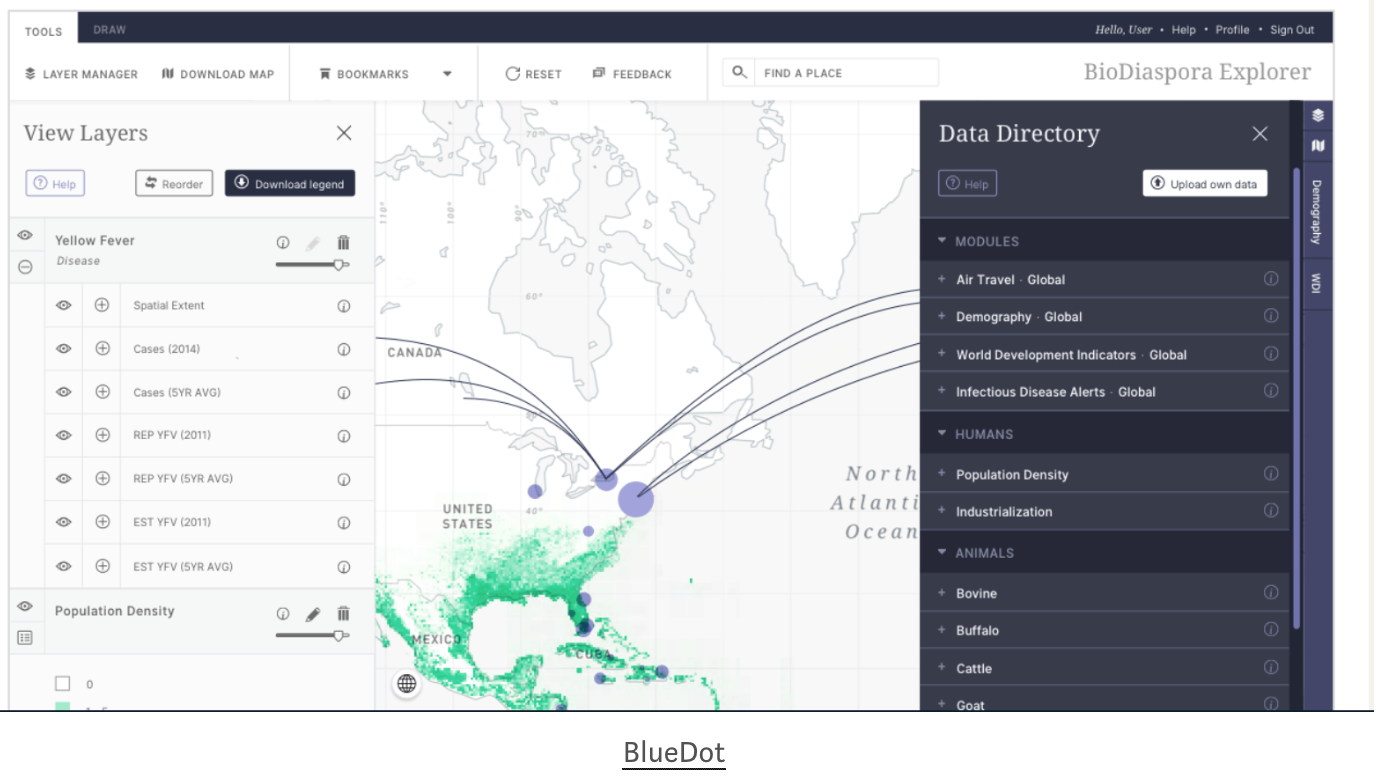
Real-time Interactive Web-based Map For Tracking
The Center for Systems Science and Engineering at Johns Hopkins University has designed an interactive, online map to illustrate and monitor reported coronavirus cases in real-time. The dashboard indicates the geolocation and number of confirmed cases, deaths, and recoveries for all affected cities. It was developed to equip researchers and the general public with a user-friendly application to monitor the progression of the outbreak as it happens. Furthermore, the data collected is freely available and accessible in a Github Repository.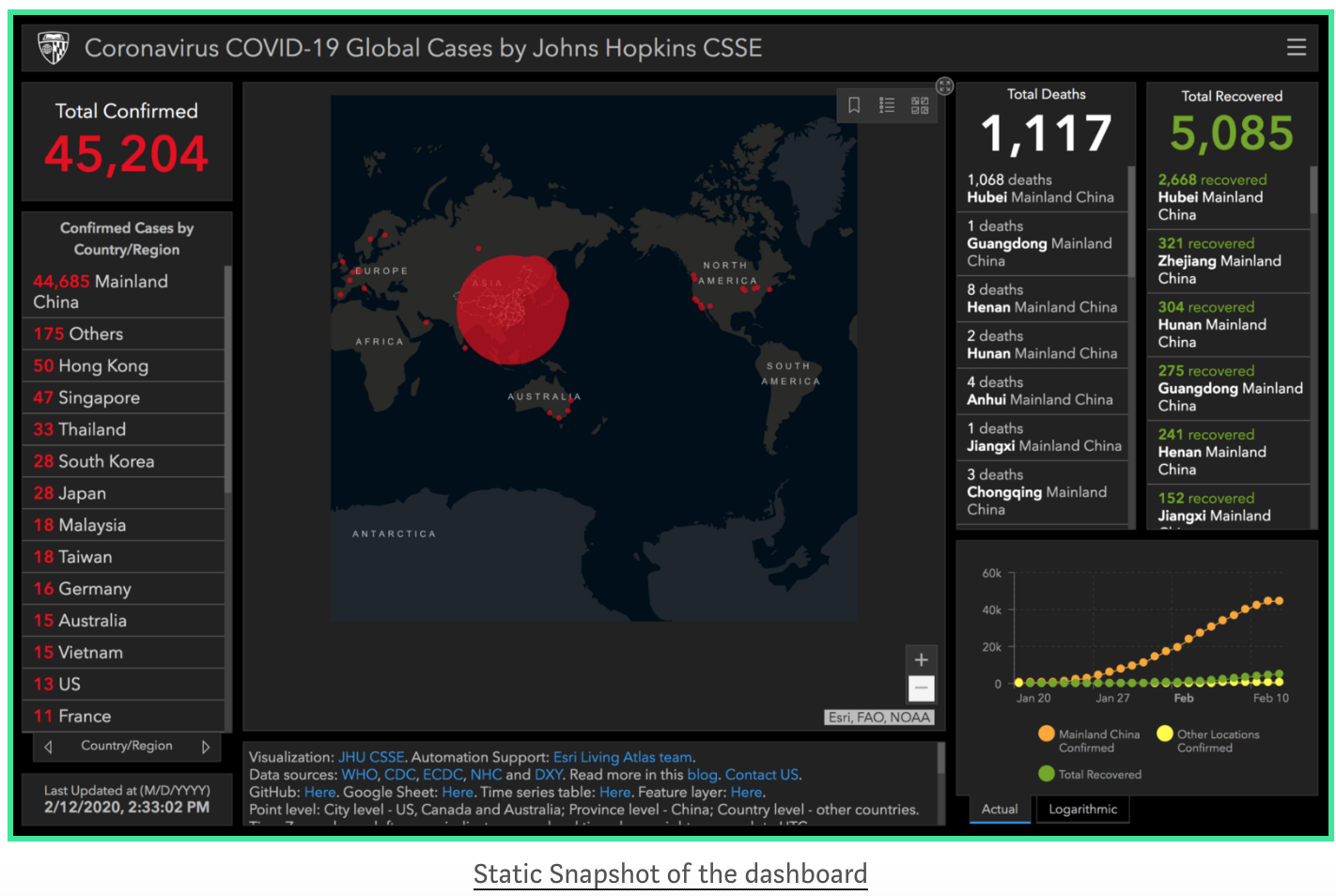
The data they use is collected from a variety of sources and confirmed by regional and local health authority departments, such as the China CDC, Hong Kong Department of Health, Macau Government, Taiwan CDC, European CDC, WHO.
A real-time interactive dashboard will be ideal for supporting cooperation and collaboration between veterinary authorities in the cases of zoonotic outbreaks.
Genome Sequencing
The COVID-19 virus was wholly sequenced in a short period since the beginning of the outbreak. In contrast, in the case of the SARS outbreak, the full genome of the virus was not available even months after the first reported case. This difference which clearly states the advancement of this technology.
The availability of the sequences of the viral genome is crucial regarding the development of diagnostics and vaccines. Besides, knowing the sequence of a virus is the only way to identify the animal reservoirs and the pathway of the virus from the host species to humans.
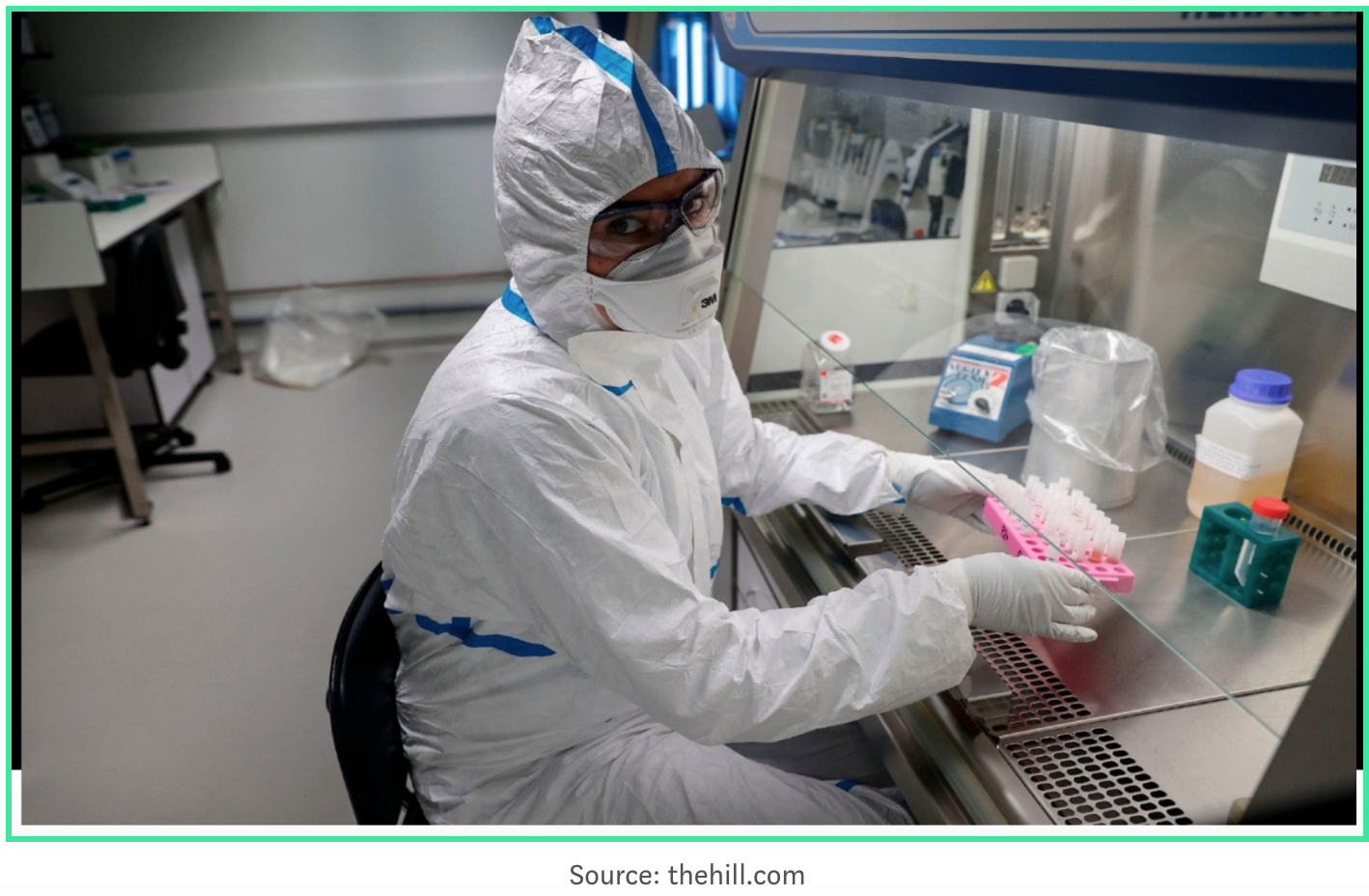
Robots And Drones To The Rescue
As stated above, the COVID-19 virus can be transmitted between humans, which places medical professionals at high risk of infection and especially in times of crisis, when the health-care systems are vulnerable. This situation is also present in veterinary medicine in many zoonotic epidemics, due to the scarce available resources and the shortage of veterinarians in the field.
The deployment of drones for the delivery of diagnostics, medical supplies, and medications, will enable and speed up the work of the field professionals.
Also, the use of robots will prove useful in the management and restriction of epidemics. As robots cannot be infected, they can easily reach the sources of an outbreak and perform tasks that humans would have to perform otherwise (namely sample collection, animal monitoring, disinfection and cleaning of units, transportation of tools), which will decrease the human exposure to the infectious agents. Currently, in the USA, the first human positive for the COVID-19 was treated by a robot.
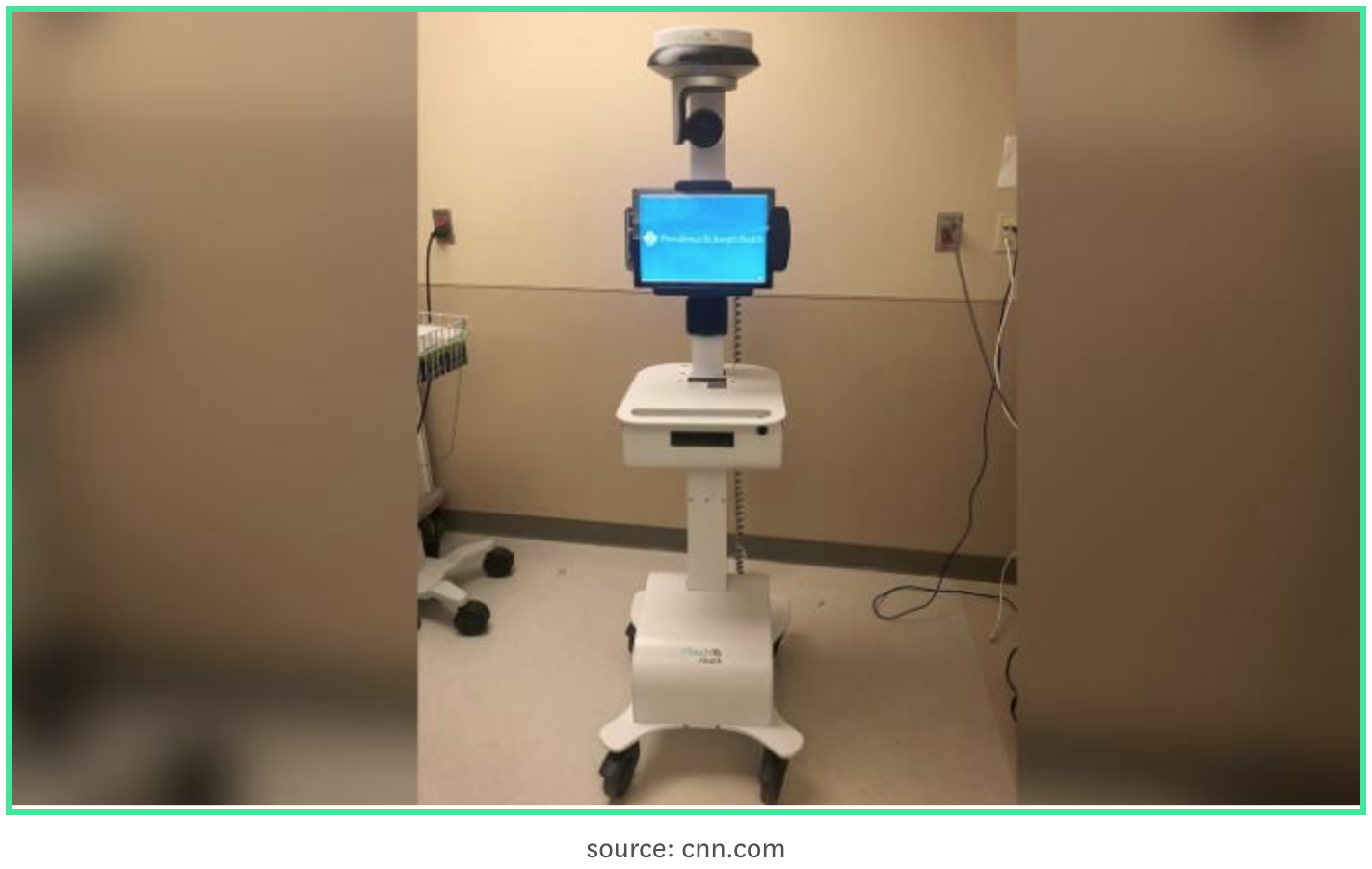 The COVID-19 outbreak is another example of a virus that, under the right circumstances, evolved to infect new species. Epidemics will emerge and re-emerge as the contemporary way of life is creating favorable conditions for their spread. Globalization, international trade, increased movement of populations, deforestation, climate change, and overcrowded cities are only some of the factors that affect the interactions between humans, animals, and ecosystems. Given that more than 75% of emerging diseases had animal origins in the last century, this sets the relationships between animals and humans at the forefront of any epidemic. As a result, the One Health approach, which indicates close collaboration between doctors, veterinarians and environmentalists, as well as the integration of technological advancements will be proven vital to control any future disease outbreak.
The COVID-19 outbreak is another example of a virus that, under the right circumstances, evolved to infect new species. Epidemics will emerge and re-emerge as the contemporary way of life is creating favorable conditions for their spread. Globalization, international trade, increased movement of populations, deforestation, climate change, and overcrowded cities are only some of the factors that affect the interactions between humans, animals, and ecosystems. Given that more than 75% of emerging diseases had animal origins in the last century, this sets the relationships between animals and humans at the forefront of any epidemic. As a result, the One Health approach, which indicates close collaboration between doctors, veterinarians and environmentalists, as well as the integration of technological advancements will be proven vital to control any future disease outbreak.
